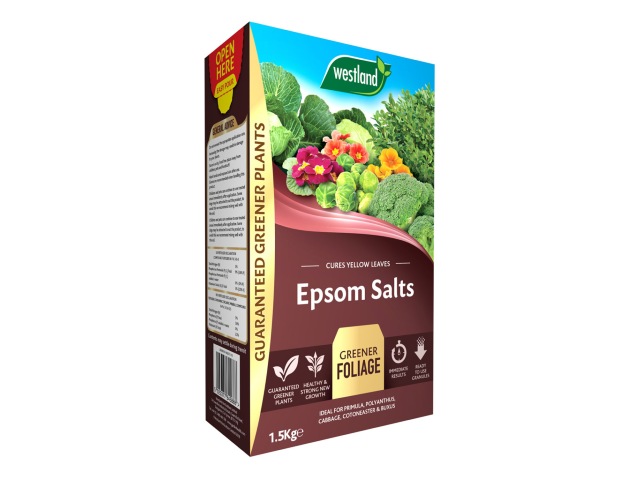Description
Westland Horticultural Sand is perfect for mixing with compost to create the optimum growing media for seeds and cuttings. It has been specially sourced and washed to produce a carefully graded, lime free, free draining horticultural sand.
20kg bag
How to Use:
1. Mixing with Composts
Add approximately one handful (20-30g) of sand to each litre of compost and mix in well.
Westland Horticultural Sand can be used to allow extra drainage to stop roots from becoming water-logged.
2. Sowing Seeds and taking Cuttings
Westland Horticultural Sand can be used to mix with compost to produce a free draining seed bed to help germination and avoid damping off and other fungal diseases. Mix 1 part sand to 3 parts compost to produce a seed and cutting mix. By creating a looser structure, it also aids pricking out to stop root damage to the delicate seedlings. Some seeds grow better when sown in compost, topped with a layer of sand.
3. Lawn Drainage
Lawns can become compacted and water-logged in wet weather. To improve drainage use the tines of a fork, or a hollow tined aerator to create drainage holes in the lawn. Apply a liberal dressing of Westland Horticultural Sand 4-6cm deep across the lawn and using a soft brush, work this into the holes to create drainage channels.
4. Capillary Benches
Westland Horticultural Sand is excellent for use on Capillary Benches in greenhouses. Prepare the capillary bed ensuring the lining is intact. Spread on an even layer of Westland Horticultural Sand 4-6cm deep across the bed using a flat board. Water the bench to saturation point and then place the plant pots firmly into the capillary bed to ensure water is drawn up into the pots.
5. Breaking up Heavy Soils
Spread a good shovel full per square metre and dig into the soil or work into beds and borders with a fork. This will improve drainage and help break down heavy clay soils.





